Cardinals were greeted by large crowds as they entered the Sistine Chapel to begin the secretive papal conclave ceremony.
Today marks a significant event in the Vatican as over a hundred Cardinals arrive to prepare for the conclave.
This historic meeting will determine the next Pope, following the death of Pope Francis on April 21.
The conclave has been the method for electing popes since 1276, and this time, it includes 133 cardinal electors.

Cardinals bid goodbye to public before entering Sistine Chapel to choose new Pope in legendary Conclave
As the Cardinals approached the Vatican, they were met with flashing cameras and eager reporters.
However, they remained silent about the upcoming election.
This afternoon, the Cardinals will settle into their accommodations before holding their final meetings ahead of the voting process.
Discussions have already included important topics, such as the Church’s finances, abuse scandals, and the qualities desired in the next Pope.
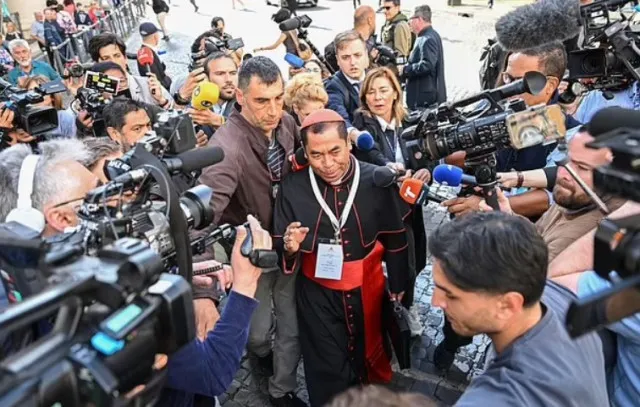
The secretive nature of the Conclave
This conclave is notable for being the largest and most international in history, with representatives from 70 countries across five continents.
The Cardinals typically stay at Santa Marta guesthouse, which offers hotel-style amenities.
Due to the large number of participants, some Cardinals will also stay at a nearby building called Santa Marta Vecchia.
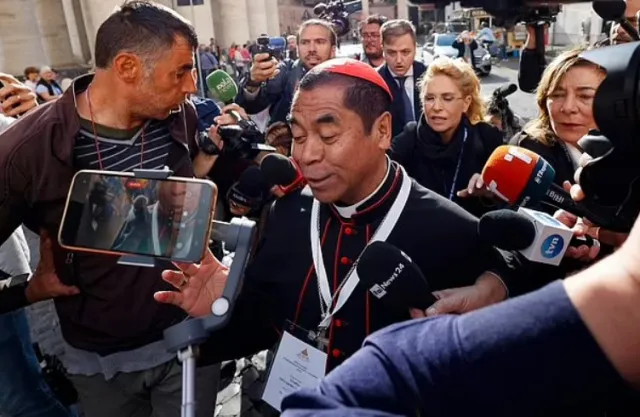
The conclave is known for its secrecy. Those participating are sworn to silence, and breaking this vow can lead to serious consequences, including excommunication.
The Vatican has announced that it will block phone signals within the tiny city-state from 3:00 PM today until a new Pope is elected, preventing any outside communication.
How will the election process take place?
The process to elect the new Pope is precise and follows specific rules. Only Cardinals under 80 years old can vote.
After a period of mourning lasting nine days, the actual voting will begin.
The Cardinals will be locked inside the Sistine Chapel, where they will cast their votes without any electronic devices or newspapers.

Who can vote?
Out of the 252 living Cardinals, 138 are eligible to vote in this conclave.
This number includes those who are under 80 years old and actively participating in the election process.
Once inside, the Cardinals will fill out their ballots in secrecy.
Each Cardinal will write the name of their preferred candidate and place it into an urn on the altar.
Votes will be tallied by three scrutineers. Any ballots and notes will be burned after counting.
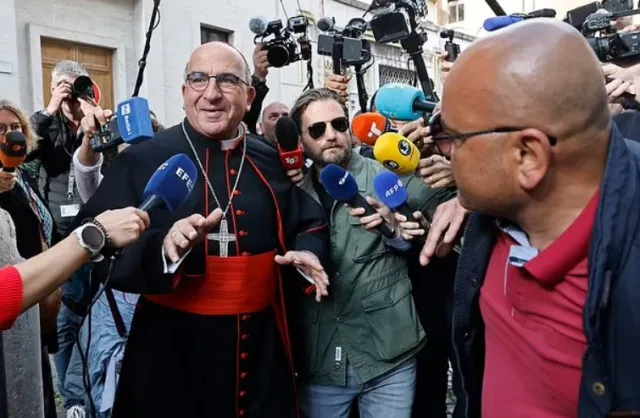
The voting procedure explained
If no candidate receives the required two-thirds majority on the first ballot, voting will continue twice daily until a new Pope is elected.
If no Pope is chosen after three days, the Cardinals can take a day off for prayer. This cycle continues after every seven votes.
Announcing the result
Once a new Pope is chosen, the result is announced through smoke signals.
Black smoke indicates that no Pope has been elected, while white smoke signifies a new pontiff has been selected.
The smoke is colored using chemicals added during the burning process.
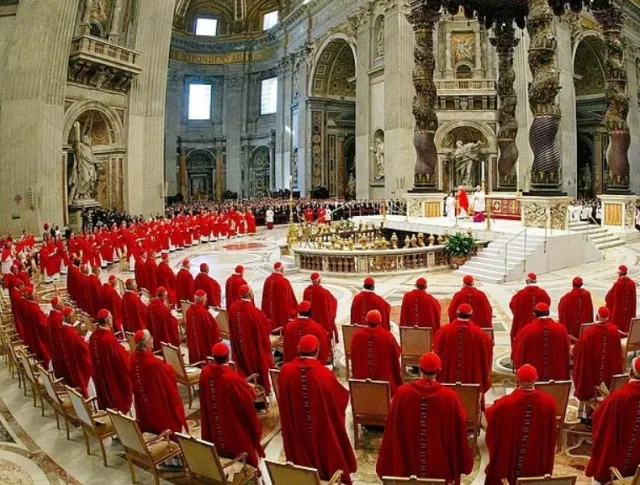
Before the voting begins, the Cardinals move into their accommodations within the Vatican.
They will have no access to phones or communication devices, effectively isolating them from the outside world.
Support staff, including confessors and translators, have also sworn an oath of secrecy regarding the conclave.
The start of the Conclave
Tomorrow, the cardinal electors will participate in a morning mass at St. Peter’s Basilica.
They will wear traditional cardinal attire, including a scarlet cassock and a pectoral cross. At 3 PM, the Vatican will implement signal jamming to prevent any electronic communication.
After mass, the Cardinals will gather in the Pauline Chapel to invoke the Holy Spirit’s assistance.
They will then proceed to the Sistine Chapel, where they will take an oath of secrecy again.
The conclave officially begins when all non-voting individuals are asked to leave the chapel.
During the voting, ballots will be distributed to the Cardinals.
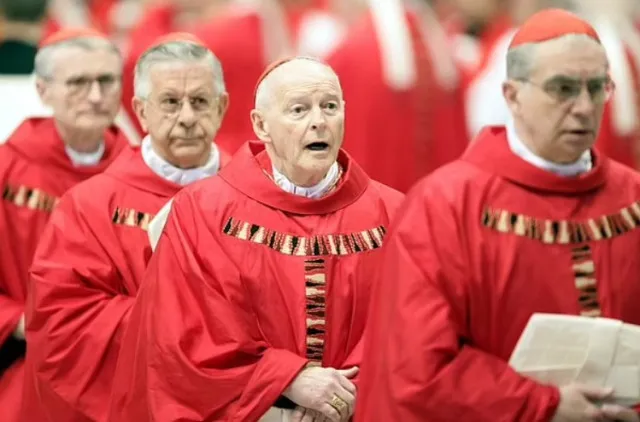
They will write the name of their preferred candidate on the ballots, which are then folded and placed in a silver urn.
Scrutineers will check the ballots for accuracy, ensuring that the counting is transparent and fair.
If the Cardinals do not reach a two-thirds majority, they will continue voting until a candidate emerges.
Voting will take place twice a day, and if the process fails to yield a decision over time, the Cardinals can agree to focus on the top two candidates.